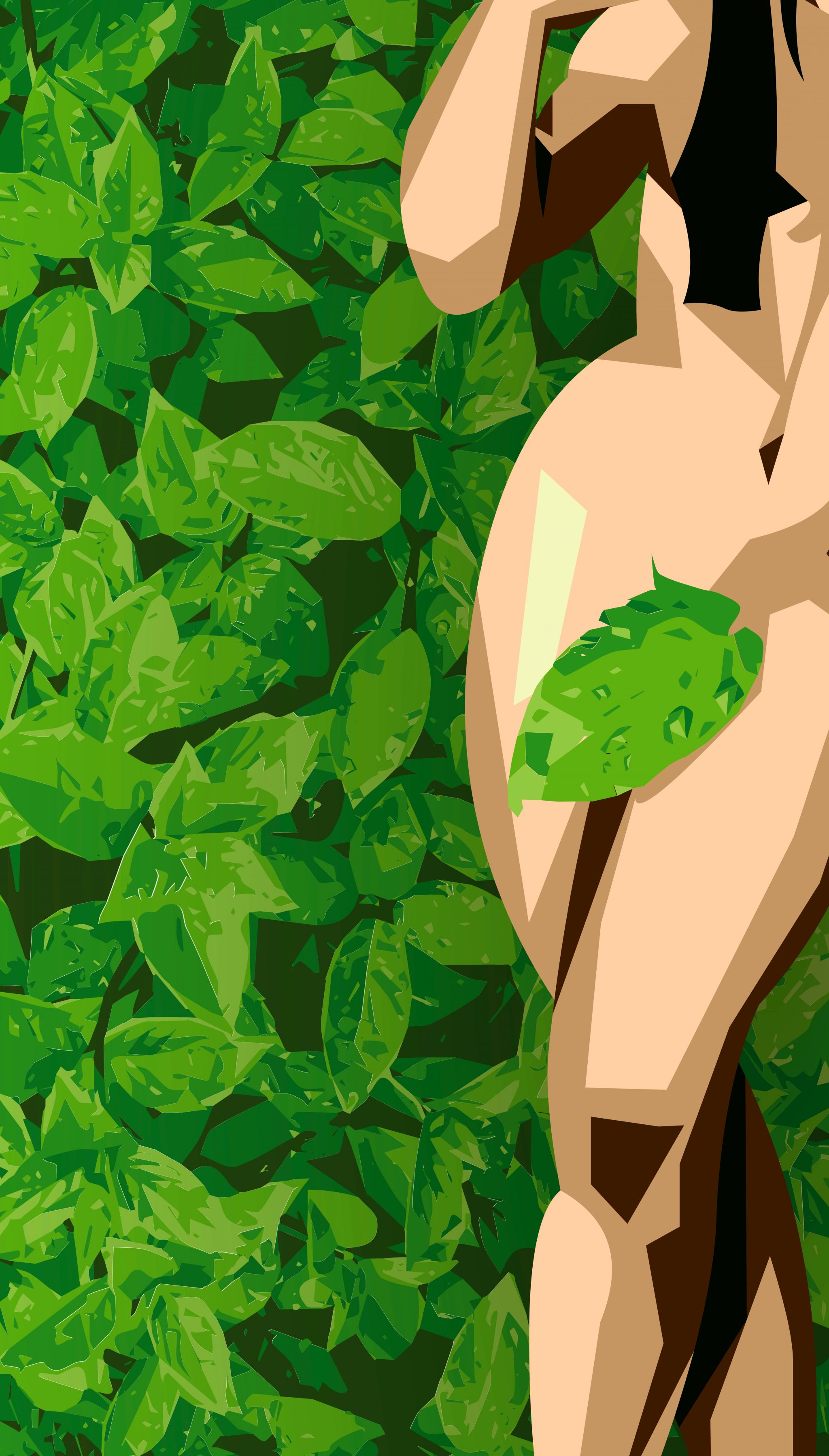Menstruation nation bleeds guilt free


Although menstruation happens to approximately half of all people during their lives, it’s still treated as taboo.
Even on a university campus, considered by many to be a very liberal place, talking about periods in casual conversation is often frowned upon.
On March 22, the University of Waterloo Women’s Centre held a workshop titled ‘Menstrual Products: Healthy Alternatives & Sustainable Practices’, with the hope of diminishing the stigma surrounding menstruating and provide information on the alternatives to traditional menstrual products.
Through an informal presentation, four alternatives to traditional menstrual products such as disposable pads and tampons were discussed.
The presenters emphasized that menstruation is not a gendered experience and to be trans-inclusionary the term “menstruating person” was used.
The first alternative discussed — and perhaps the one that most people will feel comfortable with — was green disposables.
These are organic and biodegradable tampons and pads.
It’s been estimated that the average menstruating person uses 9,600 to 11,000 tampons throughout their lifetime.
If those can be composted instead, a lot of waste will be saved.
Unfortunately, green disposables tend to be more expensive than their traditional counterparts, making them inaccessible to some individuals.
When the topic of tampons comes up, it’s important to talk about Toxic Shock Syndrome (TSS).
Just the thought of acquiring the infection can lead to individuals choosing not to use tampons.
However, what actually causes TSS is more of a mystery.
The risk of developing TSS has nothing to do with the chemicals present, but instead it occurs when tiny cuts develop caused by the friction between the material and the flesh, which can become the perfect site for bacteria.
Because of this, there’s a chance of getting TSS even when using green disposables.
There are also sea sponges. However, the group consensus during discussion is that they are probably the worst alternative to use. These animals are harvested from oceans, and are inserted and used like a tampon.
Because they are naturally recurring and a renewable resource, it eliminates the resources needed to create other products.
However, there are many horror stories that come up with this option. There is the possibility of having parts of the sponge break off while in use, possibly leading to toxic shock.
As well, testing of a sample of sea sponges by the FDA found sand, bacteria and mold within them. And remember, they are a sponge, and we all know what happens when a full sponge is squeezed.
Personally, I think it’s in your best interest if you skip this choice. Cloth pads have been gaining popularity recently, although they have been used by menstruating people for centuries.
These reusable pads are usually made from a cotton material with an absorbent inner layer and act much like a regular pad.
Related to cloth pads are ‘period panties’ which typically have an absorbent layer sewn into them.
These are often used as a backup with other products, as they may not be absorbent enough on their own for someone with a heavy flow.
From an environmental perspective, the longevity of cloth pads means that new resources don’t need to be used for each cycle. However, they must be washed after each use and therefore use a large amount of water.
Perhaps the most common alternative is the menstrual cup. These small, silicone or latex cups have been around since the 1930s.
Inserted like a tampon, they create a seal that collects the flow of blood.
Menstrual cups, known commonly by the brand Diva Cup, are one of the most eco-friendly alternatives.
Each cup can be used for up to ten years, saving thousands of disposables from entering the landfill. As for cleaning, they should be washed each time you empty it, and then boiled at the end of your cycle.
Therefore, it uses a lot less water than cloth pads. As well, because of the material, there is no worry over developing TSS.
After the presentation, attendees had the opportunity to enjoy some snacks, socialize with each other and craft. Supplies were provided to make homemade cloth pads or a knitted pouch to hold a menstrual cup.
The event was a great opportunity to learn about alternatives that schools don’t typically cover when people who menstruate begin needing this information.
This workshop, along with providing tools to help people lead a more sustainable lifestyle, was just one step on a path to better menstrual hygiene education for all people.
Participants at the workshop were given a chance to speak openly about their experiences, thoughts, and worries concerning menstruation.
Such spaces are few and far between. We’re taught about the process in school, but beyond that it’s often spoken of in lowered voices, and pads and tampons are hidden inside sleeves so that no one knows you’re on your period.
While perceptions surrounding periods have certainly changed since our parents generation, there is still a lot of work to be done.
Menstruating is completely natural, and no one should feel ashamed of a natural bodily function, and talking about it is the best place to start.


